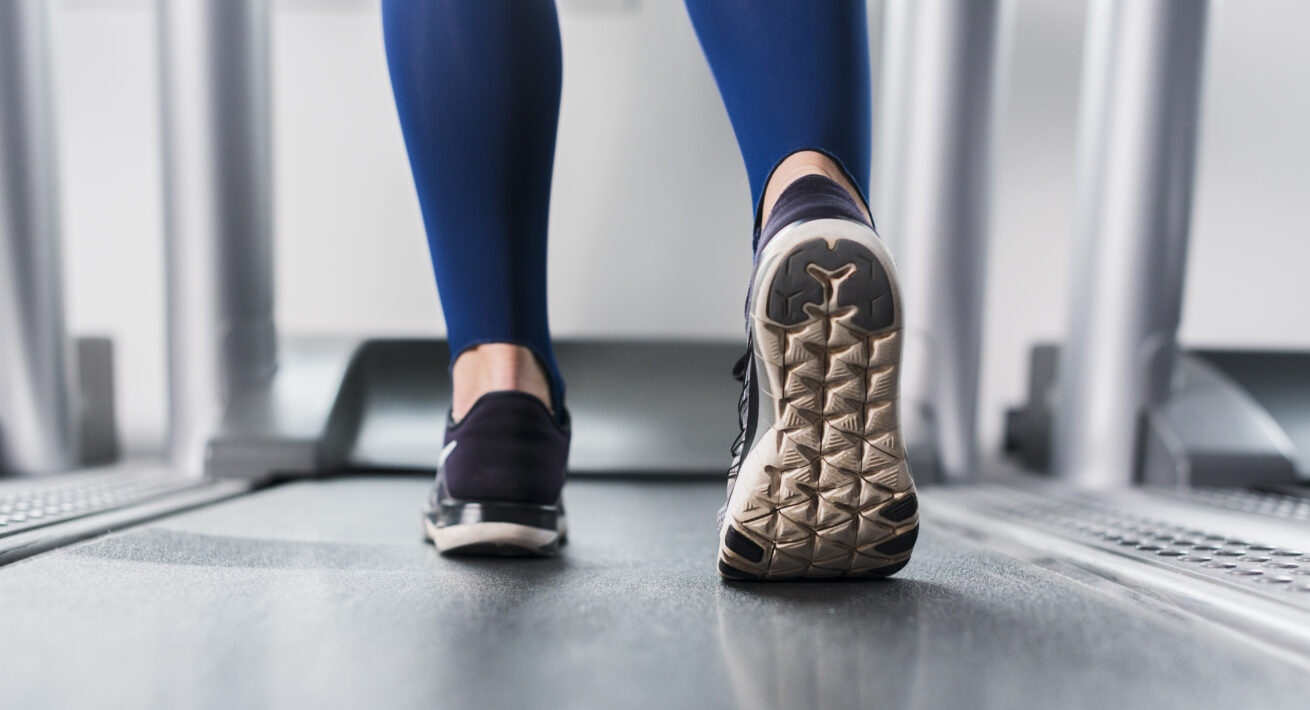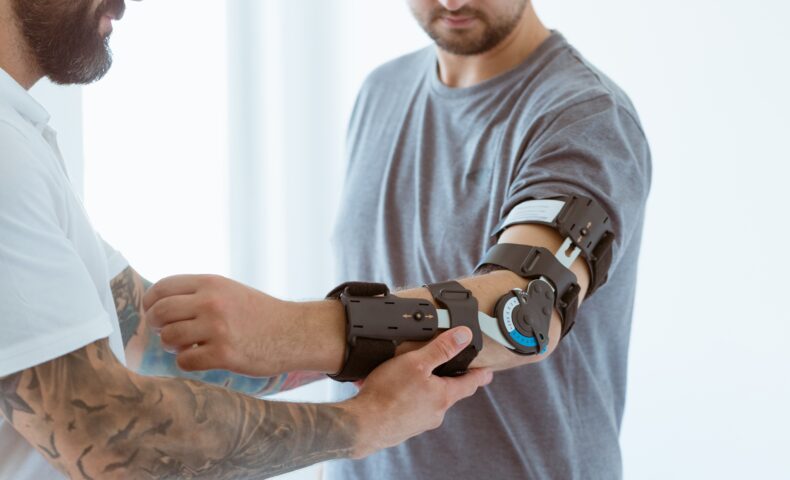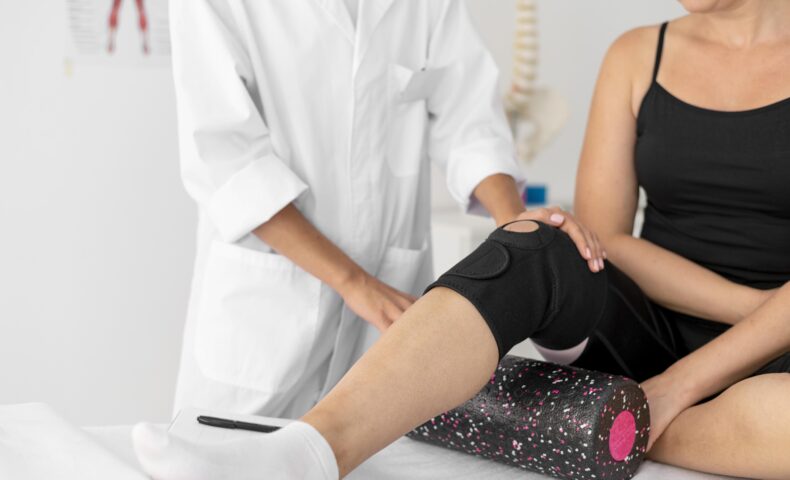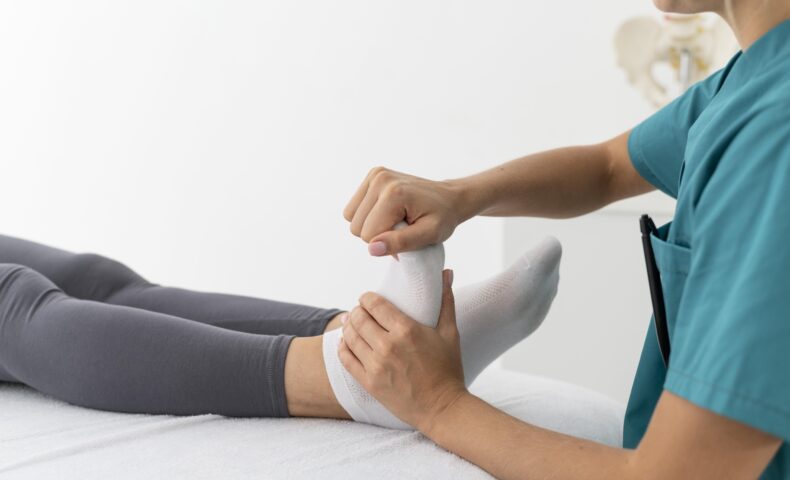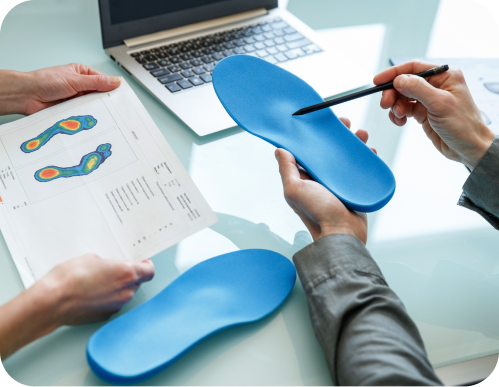Creating custom insoles has never been easier for healthcare professionals since it is possible to 3D print orthopedic insoles. Indeed, scanning and 3D printing are more and more used in the health sector, and particularly in the orthopedic sector. What are the challenges of using 3D technologies in this market? How far can 3D acquisition of the foot go? How to create custom insoles from a smartphone? In this article, we answer all your questions about the creation of 3D orthopedic insoles.
3D scanning in the medical sector
Custom orthotics and insoles by 3D printing
Health and wellness are more and more important in recent years. In the medical sector, innovations are everywhere. Use of technology has become essential to offer a service as customized as possible in order to improve patient comfort. As a result, 3D is progressively used in medical industry, particularly in the orthopedic market.
There is no medical field which does not benefit from such technology. In podiatry, 3D printing offers a viable alternative to traditional techniques. Manufacture of orthopedic insoles (or plantar orthoses, or orthoprosthesis) is indeed achievable by 3D printing. 3D insoles are devices that are placed inside shoes to provide support and relief to the feet. They are made from a thermoplastic material and are customized to the shape of the foot.
Medical 3D printing brings many benefits including:
- a very precise work (different and multiple shapes, textures or levels of rigidity on the same printed object);
- a solution that generates little waste and optimizes the quantity of material used;
- an obvious time saving for podiatrists. Thus, health professionals can focus on their core business, namely diagnosing, treating and supporting their patients.
When to wear orthopedic insoles?
It is advisable to wear orthopedic inserts when there is pain in the foot, toes, ankle, knee (knee osteoarthritis) or lower back (sciatica). A doctor may also prescribe inserts to correct posture, support the arch of the foot or compensate for uneven leg length.
The advantages of 3D insoles and orthotics manufacturing
3D printing makes it possible to offer personalized and entirely custom-made products. As a result, the orthoses are adapted to the morphology of each person, which ensures better treatment and comfort.
It is important to note that foot comfort has become an essential element for both individuals and athletes.
- On one hand, individuals are more and more concerned about their well-being. They use insoles to reduce pain in the heel, arch and toe. They do not hesitate to call upon specialists for greatest comfort of their feet.
- On the other hand, athletes are looking for better performance, good support without forgetting comfort. So, they turn to solutions that limit the impact, especially for running.
Custom insoles by 3D printing thus meet a real need in the orthopedic market. Let’s see how they are made.
How to create custom insoles using 3D?
The 3 steps to create an orthopedic insole via 3D printing
Foot orthotics are custom made in 3 steps with 3D printing.
1/ First step is capture
First step is to take necessary measurements for custom product design. A 3D scan is performed by health professional (podiatrist, pedorthist). Its purpose is to obtain a digital 3D model of patient’s foot. This measurement can be done either by scanning the foot directly, or by scanning the footprint made in an impression box or a borrower provided for this purpose.
2/ Second step is conception
The practitioner creates a digital file of each insole which is then sent to the 3D printer. This step is performed with dedicated 3D design software, also called CAD (Computer Aided Design) or CADD (Computer Aided Design) software. Then he modifies the modeled insole recovered during the 3D scan. He then makes necessary modifications according to his clinical diagnosis and required corrections.
3/ Final step is 3D printing
Printing is done by a 3D printer. At this stage the 100% customized 3D insole takes shape in only ten minutes. 3D printing works by melting and extruding a filament. It prints layer by layer, to create a custom-made object. Industrial printers also make it possible to print insoles in larger numbers based on different technologies.
Which tools are used for the design of orthopedic insoles?
Today, health professionals use different tools.
1/ The footprint box
It is a box made of deformable foam in which the patient places his foot, in order to obtain a negative mold. This mold is then used as a basis for the realization of the insole, most often in a traditional way by the podiatrist.
2/ Podoscope
In the form of a mat or transparent plate (different shapes are available), this equipment is used to see how the patient’s body weight is distributed, whether in a static position or in motion:
- Red areas represent the areas under the foot where there is the most load.
- The blue areas represent the areas where there is the least amount of load.
This tool provides useful data to health professionals in the clinical diagnosis. The results therefore guide insoles conception.
3/ 3D scanner
3D scanners are equipment dedicated to digital acquisition. They allow the taking of patient’s footprints. 3D scanners can take different forms, and are not always portable. In order to take advantage of them, it is necessary to be able to connect such equipment to an adapted CAD system.
4/ Smartphone
That’s right, now 3D scanner can take the form of a smartphone! 3D capture is then done from a mobile application. This is the innovative solution developed by MyFit Solutions.
3D scanning via smartphone provides a number of advantages:
- 3D scanning process is done remotely, without physical contact with the patient.
- Measurement results are accurate, , at scale and usable immediately,
- 3D scan can be performed anywhere: in the office of a podiatrist, a health professional, a pharmacist …
- 3D scan can be performed by anyone and requires no specific training,
- The potentially expensive purchase of a specific 3D scanner device is not required anymore.
How to scan the patient’s foot from a smartphone?
The innovative MyFit Solutions technology
Through the MyFit Solution 3D scanning App , there are different ways to capture afoot from a smartphone. As shown in the video below, the solution allows you to scan from :
- A footprint box : A footprint box is used to take a print of the patient’s foot. The smartphone then scans the box to capture the footprint in 3D.
- The loaded foot : The patient’s foot standing on the floor is scanned from a smartphone.
- Feet unloaded : The patient kneels on a chair or lies down on the examining table, allowing 3D scan of the unloaded foot by simply rotating the phone around it.
This can be done by podiatrists, doctors or nurses in hospitals or clinics, as well as at home by family members. Once the acquisition is executed according to the need and use of the health professionals, the custom-made products can be designed.
Use case : La Semelle Française
The MyFit Solutions technology has been adopted by La Semelle Française. Indeed, the French insole specialist (orthopedic insoles, comfort insoles and heels) has relied on 3D scanning via smartphone to offer a unique experience to their customers. Digitizing this part of the process offers many benefits:
- reducing the round trip of the impression boxes with the patient ;
- Reduce consumption of single-use material;
- reduce production time: a 3D scan is fast and the results can be used immediately;
- to offer a simple, accessible technology for a custom-made orthopedic insole.
What are the advantages of 3D scanning?
Adopting a mobile 3D scanning solution means :
- Enabling healthcare professionals, pharmacists or customers to perform digital prints from their smartphones, anywhere and by anyone.
- Benefit from an easy-to-implement solution, without costly investments in equipment and materials.
- Adopt a technology that is fully integrated with your 100% custom orthopedic insoles manufacturing services.
You want to equip yourself with our easy to use and innovative solution?

